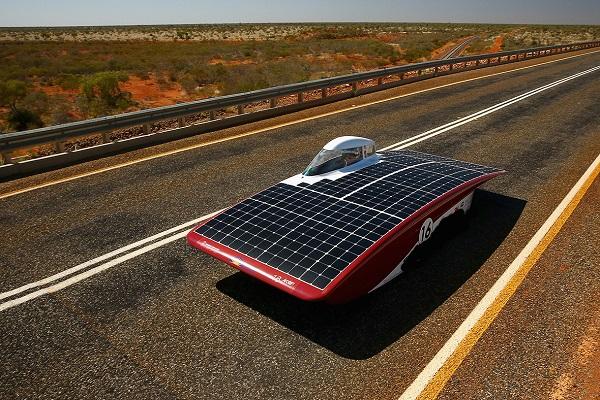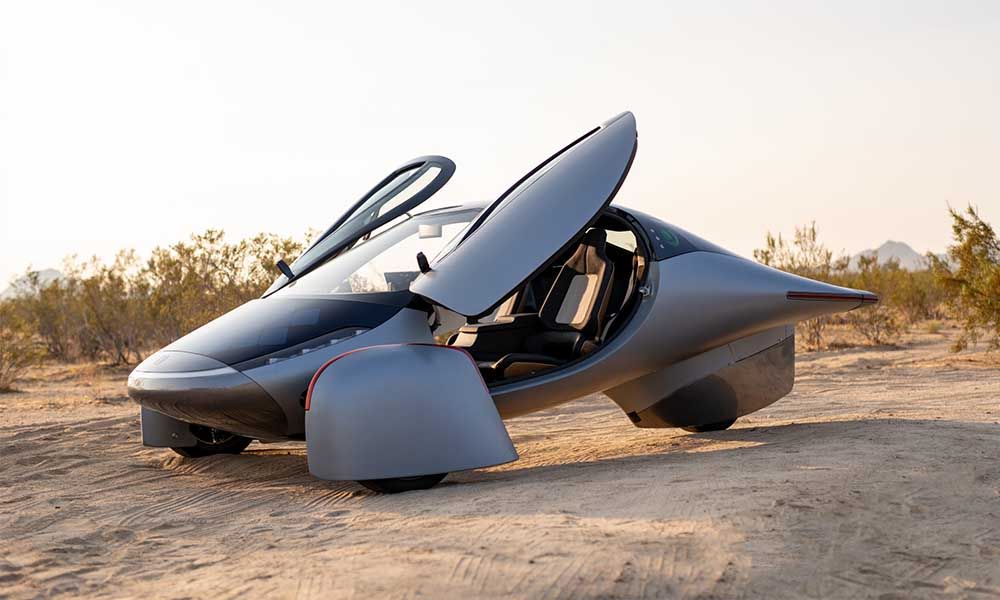Solar-powered vehicles are becoming increasingly popular as people look for more sustainable and eco-friendly modes of transportation. These vehicles use solar panels to generate electricity, which powers their engines and allows them to move without using traditional fuels like gasoline or diesel. While the technology has come a long way in recent years, there are still plenty of challenges that need to be overcome before solar-powered vehicles can become mainstream.
What are Solar-Powered Vehicles?
Solar-powered vehicles are vehicles that use solar panels to generate electricity. The solar panels are typically mounted on the roof of the vehicle and are made up of photovoltaic cells, which convert sunlight into electricity. The electricity is then stored in batteries, which power the vehicle’s electric motor. Solar-powered vehicles can be anything from cars and trucks to buses and bicycles.
The Benefits of Solar-Powered Vehicles

There are many benefits to using solar-powered vehicles. Perhaps the most significant benefit is that they are much more eco-friendly than traditional vehicles. Solar-powered vehicles don’t emit harmful pollutants into the air, which means they don’t contribute to air pollution or climate change. They also don’t require fossil fuels to operate, which means they can help reduce our dependence on oil. In addition, solar-powered vehicles are much quieter than traditional vehicles, which can help reduce noise pollution in urban areas.
The Challenges of Solar-Powered Vehicles
Despite their many benefits, there are still plenty of challenges that need to be overcome before solar-powered vehicles can become mainstream. One of the biggest challenges is the cost. Solar panels and batteries are still relatively expensive, which means that solar-powered vehicles are more expensive than traditional vehicles. In addition, solar-powered vehicles are still relatively slow and have limited range. This means that they may not be practical for long-distance travel or for people who need to travel quickly.
Breakthroughs in Solar-Powered Vehicle Technology
Despite the challenges, there have been many breakthroughs in solar-powered vehicle technology in recent years. For example, researchers have developed more efficient solar panels that can generate more electricity from the same amount of sunlight. They have also developed more powerful batteries that can store more electricity and allow vehicles to travel longer distances. In addition, there have been advancements in electric motor technology, which means that solar-powered vehicles can now travel faster than ever before.
The Future of Solar-Powered Vehicles

The future of solar-powered vehicles looks bright. As technology continues to advance and costs continue to come down, it’s likely that more and more people will start using solar-powered vehicles as their primary mode of transportation. Governments around the world are also starting to invest in solar-powered vehicle infrastructure, such as charging stations and solar-powered roads. With these investments, it’s likely that solar-powered vehicles will become even more practical and affordable in the years to come.
- Overall, solar-powered vehicles are a promising technology that have the potential to revolutionize the way we travel. While there are still challenges that need to be overcome, the future looks bright for solar-powered vehicles.
- Whether you’re looking to reduce your carbon footprint, save money on fuel, or simply enjoy a quieter ride, a solar-powered vehicle may be the perfect choice for you.

